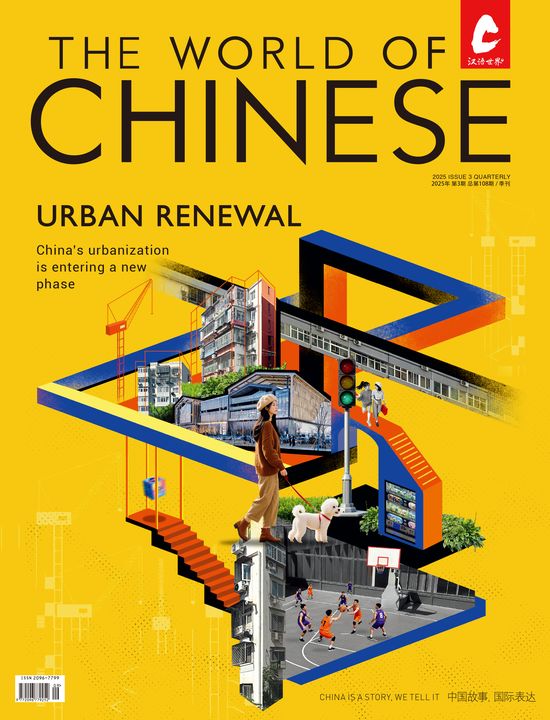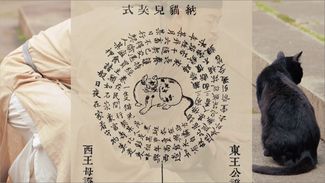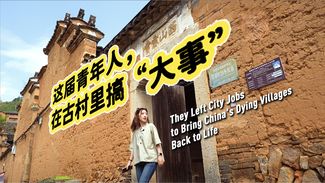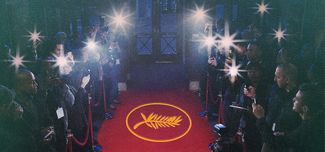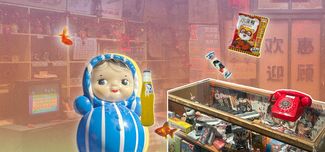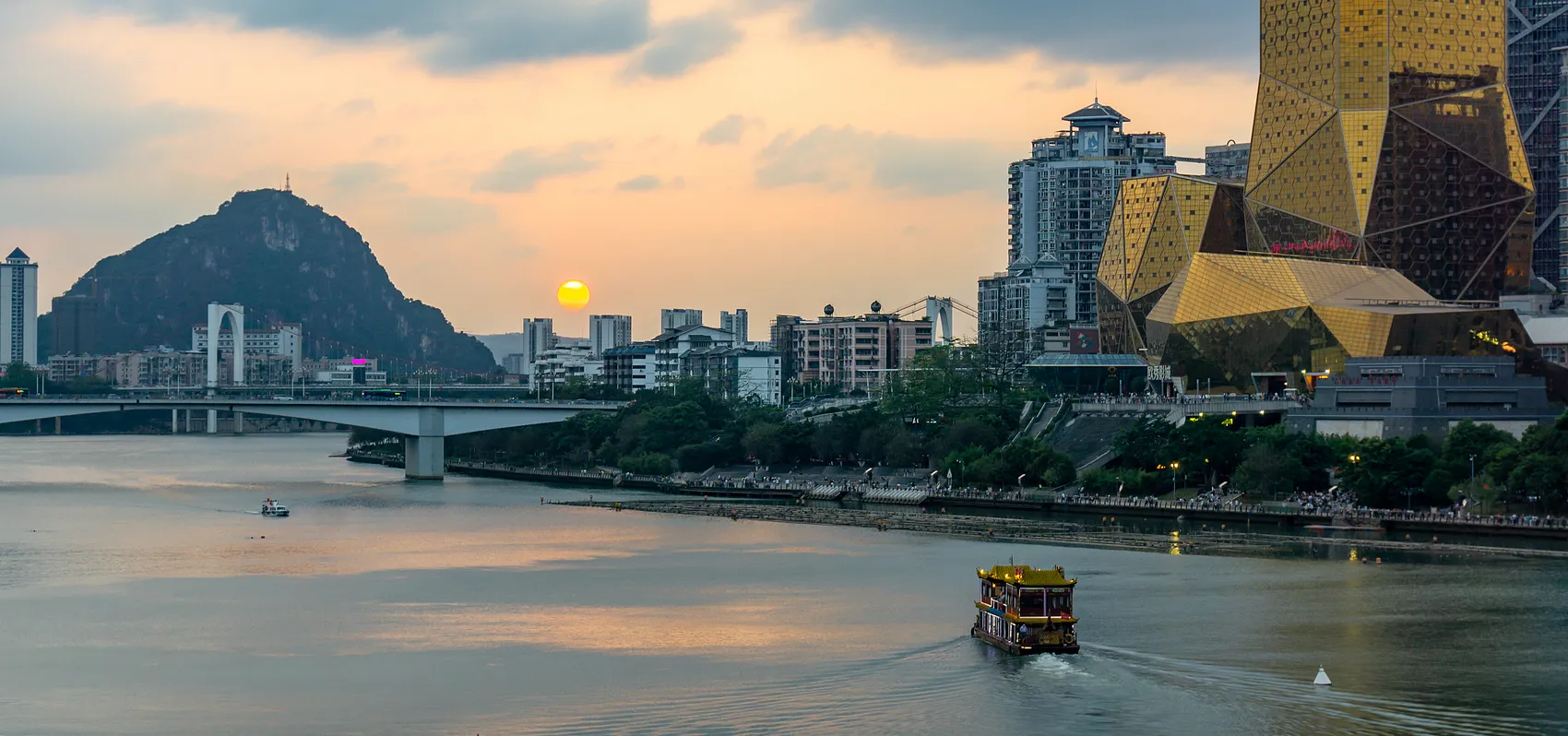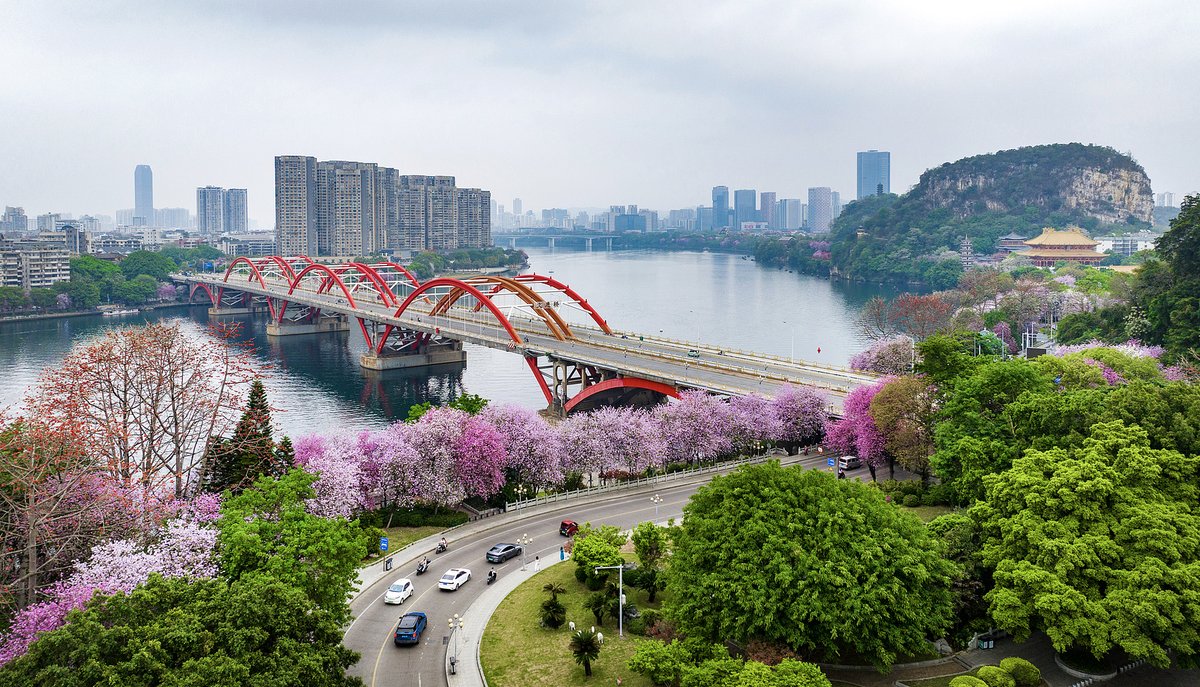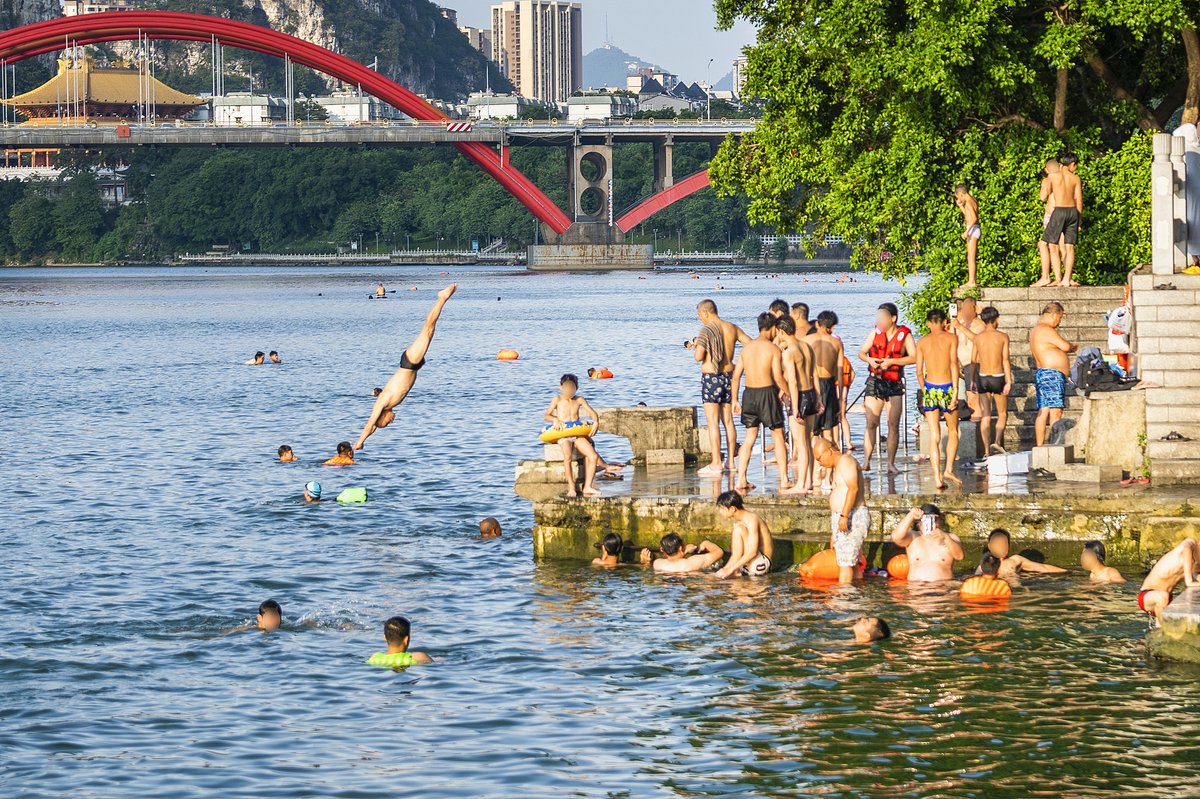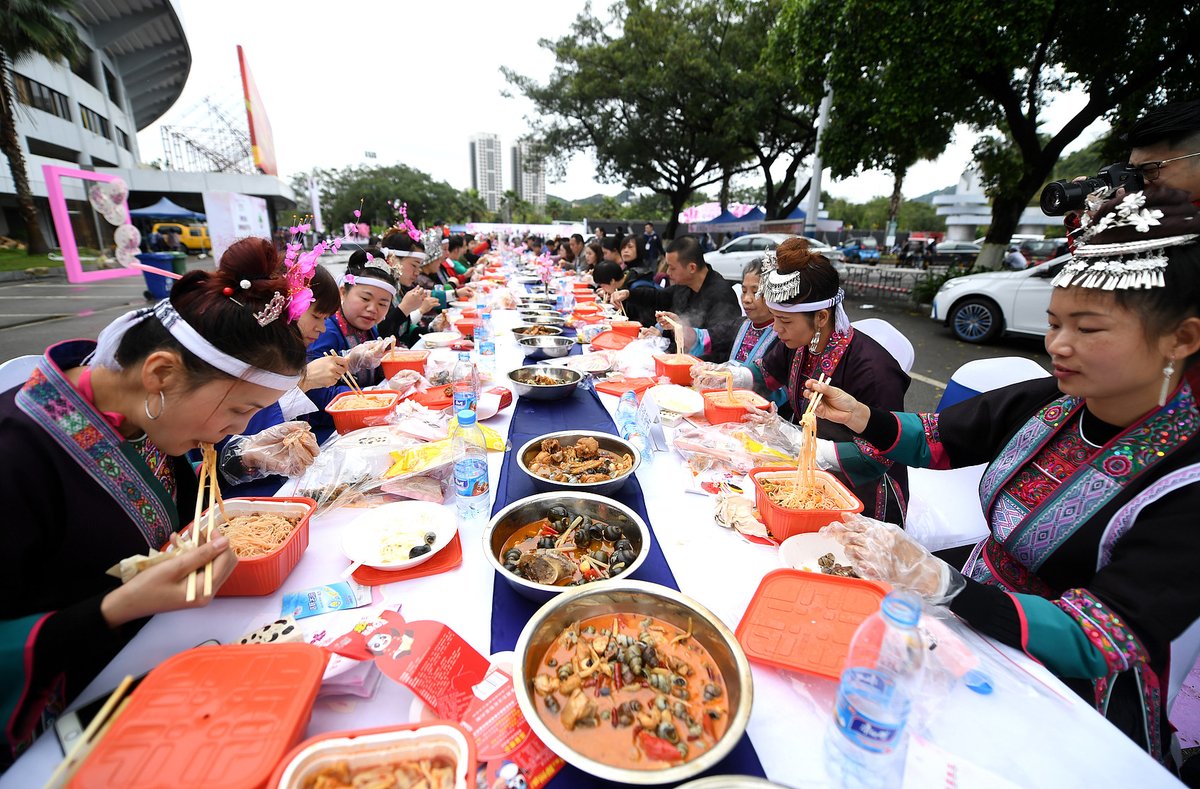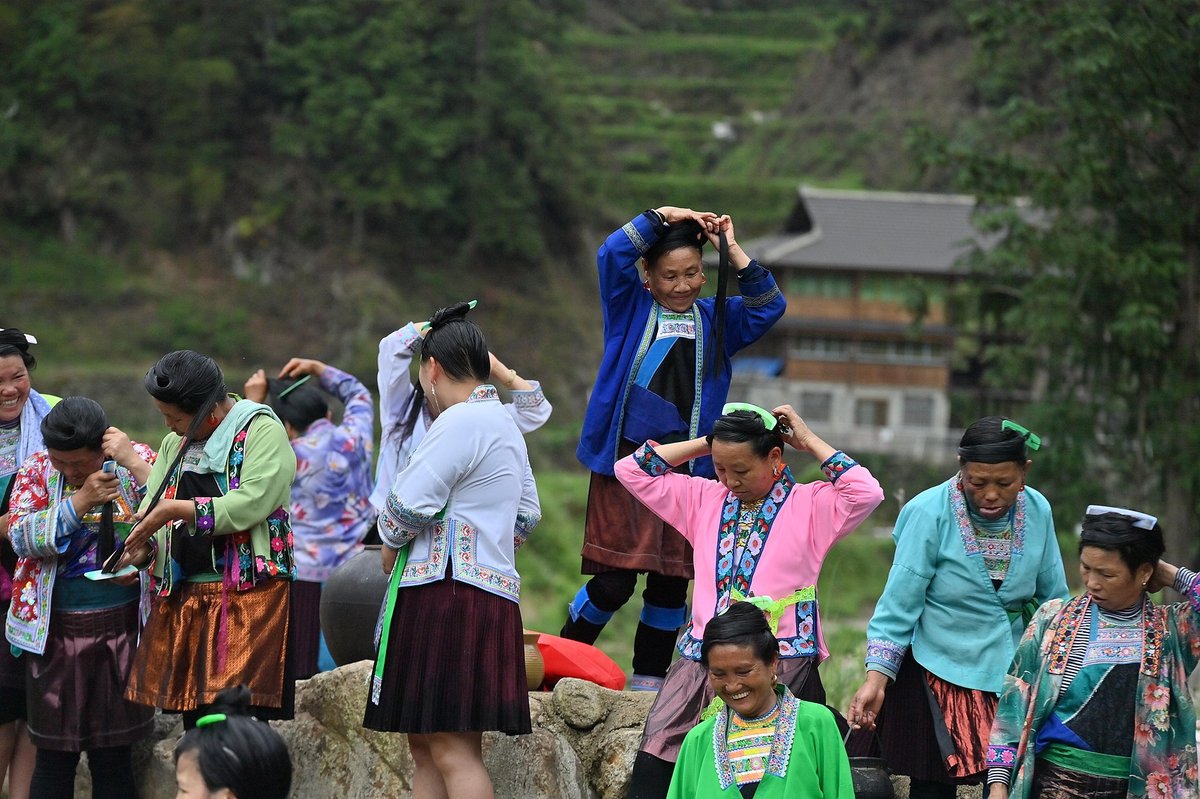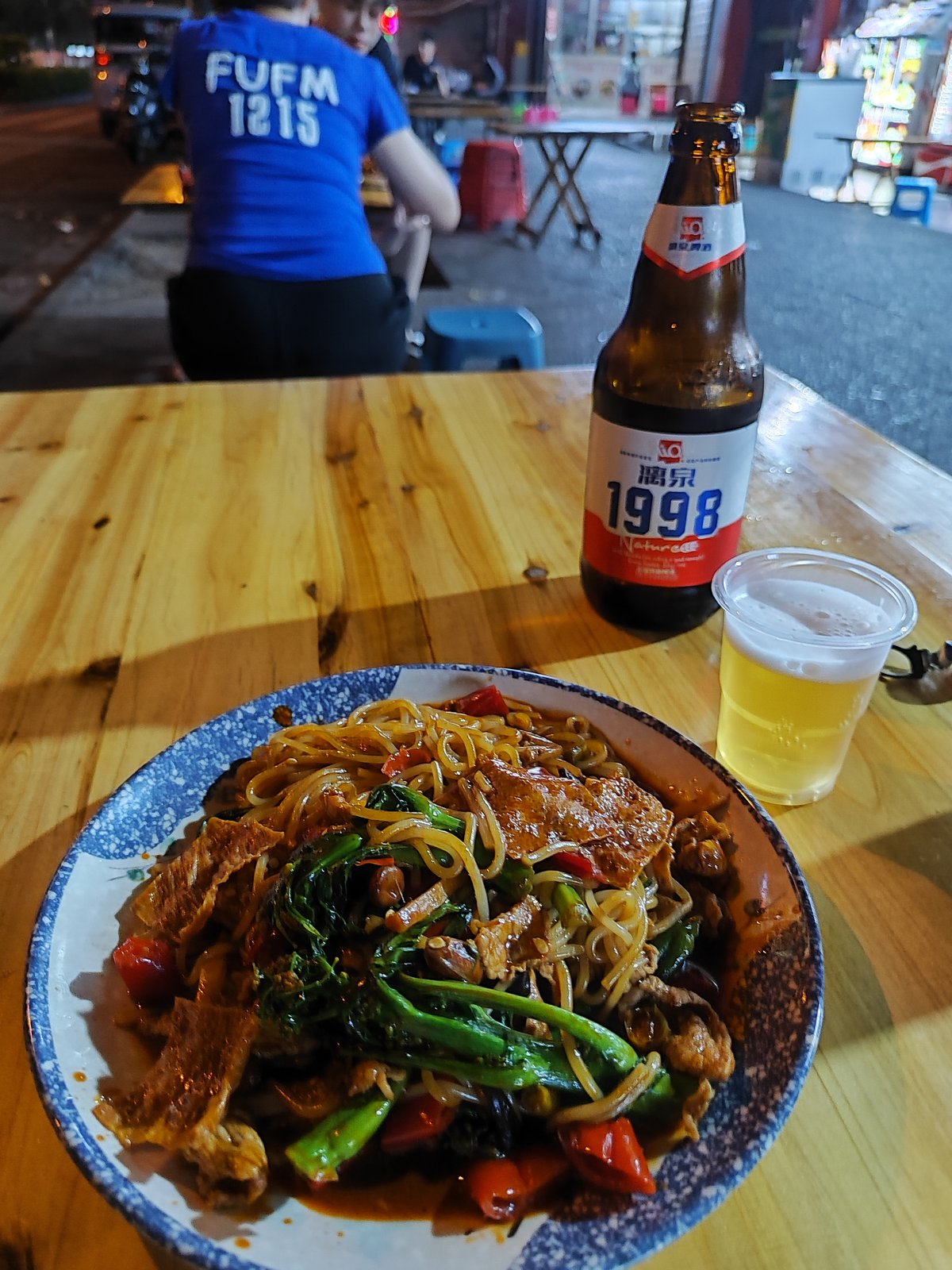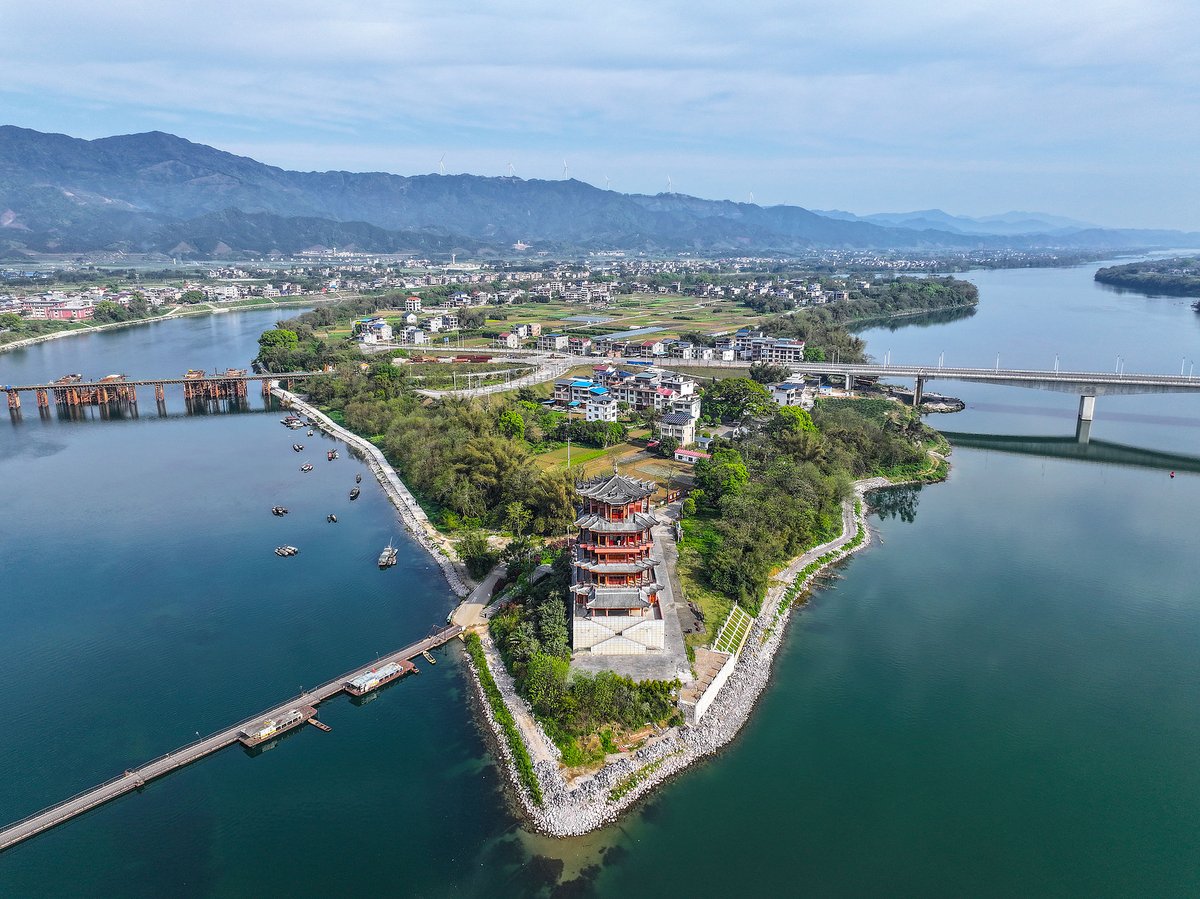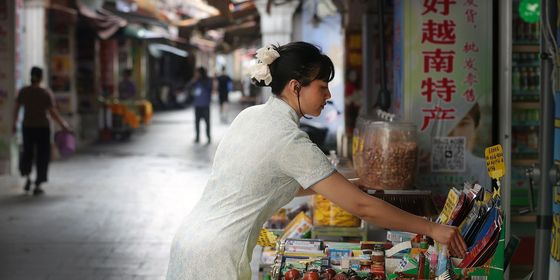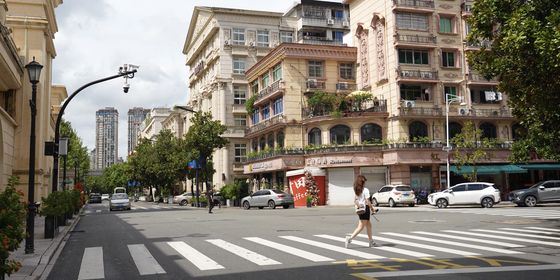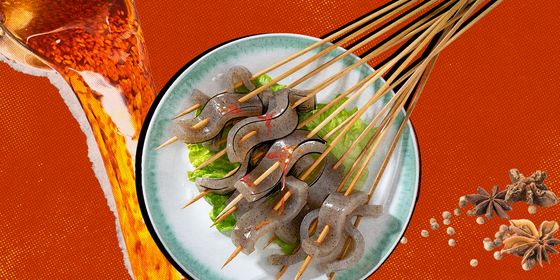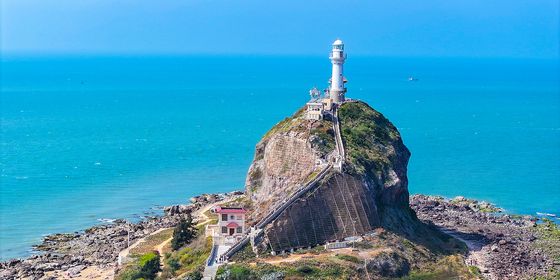How a riverside city in Guangxi has evolved from a Tang-era backwater, to a polluted industrial hub, and finally into a model of green living
“Welcome to Liu York,” says the taxi driver jokingly. As he drives across the bridge, a Manhattan-style skyline rises before my eyes. On a faraway mountain, a giant statue of Tang dynasty (618 – 907) governor Liu Zongyuan (柳宗元), also known in internet memes as the “Liu Statue of Liberty,” heralds my arrival in Liuzhou, the “New York” of Guangxi, China.
Shaped like a teapot and carved out of the karst landscape by the Liujiang River, Liuzhou seems like the furthest thing from a teeming American metropolis, despite the skyscrapers that have become characteristic of most Chinese cities. This small (for China) southwestern city of around 4 million is known for its aquatic lifestyle, with the serenely flowing river giving it its history, geography, and even its name (which literally means “Liu prefecture”). In more recent years, it has also become a success story of transformation from a polluted industrial hub to a livable modern city, giving rise to the “Liu York” meme.
“Many go to the riverside park in the evening. That’s our ‘happy hour’ in Liuzhou,” says the driver as he drops me off at my hotel. He directs me to the river as the starting point for my exploration.
Free diving
For visitors, a walk along the Liujiang riverside—past banyan trees, an ancient well, and Chinese pavilions—is never boring. I see many people swimming and paddling, while the yellow “water bus,” a unique local ferry, shuttles locals and visitors alike between the river banks.
I come across an impromptu diving show. On the riverbank, a tanned uncle shimmies up a mango tree and jumps into the water. Another plunges from a rock. Others stick to the stone diving platforms that have been built along the river, wrapped with a soft layer of fabric to prevent slipping.
Read more about traveling in China:
- Ma’andi: The Mysterious Land of Butterflies
- Changsha’s Star Turn: How a Historic City Became China’s “Capital of Entertainment”
- Cruising the Yangtze: Monkeys, Math Tutors, and Magnificent Views on the Way to the Three Gorges
I hang my belongings on one of the stone sculptures by the riverbank, which depict scenes from Chinese idiom stories but have become informal towel racks. At “happy hour,” there are hardly any free spots.
I then follow the locals and plunge off the platform: Splash! The water is soft and welcoming, like diving into green jelly.
According to Liuzhou’s government, the Liujiang River was awarded the highest prize for water quality among prefecture-level and above cities by China’s Ministry of Ecology for the fifth consecutive year in January 2025. However, management of the river began much earlier, as far back as 1,200 years ago. In 815, the aspiring reformer Liu Zongyuan lost his power struggle with conservative factions in the Tang court and was demoted to serve in Liuzhou, then a remote outpost far from the capital, Chang’an.
But Liu didn’t lose heart. Instead, he took comfort in the fact that he and Liuzhou shared the same name, so he was perhaps fated to be there. He threw his enthusiasm for reform into the development of the prefecture: abolishing slavery, promoting medicine as an alternative to witchcraft, and setting up schools. He also led people to plant willow trees, or liushu, along the river to help prevent floods and improve local livelihoods.
In his poem “Planting Willows (《种柳戏题》),” Liu plays with his own name and his unique linguistic connection with his adopted city: “Liuzhou prefecture’s Governor Liu plants liushu along Liujiang River.”
Congee feast
The next morning, I go to the gubu market. According to historical records, rice traders had been docking at this stretch of the river since the Qing dynasty (1616 – 1911) to sell rice, giving rise to the name: gu (谷, rice) and bu (埠, pier).
Nowadays, the market is the place for local snacks, including congee. Cooked from a long and thin strain of rice growing in the region, Liuzhou’s congee has a smooth and sweet taste. Due to the hot and humid climate, locals prefer to breakfast on cold congee.
“One iced congee,” I ask for a supercharged bowl of this local treat with ice dregs inside.
As I sit down on the long bench, over 40 dishes sweep past me on a conveyor belt. From steamed taros to braised peppers and fish, one can sample an unlimited selection of delicacies of the Liujiang region for just 8 yuan. As the electric fan sends cool waves of air over me, I add some green fermented papaya slices to my bowl and revel in the sense of togetherness of everyone gathering on the roadside for this flowing feast.
Chafu hairwash
As I roam around the streets, I spot salons specializing in hair-washing everywhere. The crucial ingredient is not shampoo but chafu (茶麸), or “tea husk,” the residue left after pressing oil from the camellia seeds that grow along the Liujiang River. As a traditional wellness practice among the Zhuang ethnic group of Guangxi, chafu hair-washing is believed to keep one’s locks black and shiny even at 80 years old.
“Why are there so many hair wash salons in Liuzhou?” I ask a hairdresser.
“It’s hot and people are lazy,” she says, smiling. “And it costs only 30 yuan.”
But 30 yuan can buy 30 minutes of heavenly experience, especially when my head felt itchy and oily in the hot afternoon.
Like many of the local women, the hairdresser is petite and tanned. She expertly massages my forehead and rinses chafu-infused water through my hair. As chafu is chemical-free, it boasts powerful cleansing properties without irritating the scalp.
“Where do you feel itchy?” she asks.”Am I using enough force?”
And then, “Wanna spice it up with fresh ginger?”
The hairdresser chops ginger and applies it to my forehead like a minced ginger mask. The warming properties of ginger, combined with a scalp massage, are believed to relieve head fatigue and promote scalp blood circulation.
“It can be too spicy for you,” she laughs as she rubs the ginger over my head, neck, and even shoulders.
Before I can scream from this burning ginger rub, she pours water over my head to rinse off everything. It’s a strange hot-and-cold experience.
Snail noodles
Like hair-wash salons, stalls selling luosifen (螺蛳粉), or snail rice noodles, are all over the streets. It is such an iconic dish that it is commemorated by a statue outside the Liuzhou Railway Station, which shows a pair of giant chopsticks picking up the noodles.
The soul of luosifen is the river snail growing in the Liujiang River region. The cleaner the river, the fresher and more tender the snail tastes, with no fishy smell. In 1956, archaeologists discovered the Bailian Cave Site, which spans from approximately 37,000 to about 7,000 years ago, in Liuzhou. There, they unearthed snail shell fossils with a distinctive feature: the tails of the snail shells were deliberately chipped off for easy slurping. Radiocarbon dating put the age of these snail shell fossils back approximately 26,000 years, meaning Liuzhou ancestors had already begun harvesting and consuming river snails as early as the Stone Age.
However, cooking snails in rice noodles may only date back to the 1980s. At the time, Liuzhou was a regional industrial hub that manufactured cars and boats. Night markets flourished to accommodate the needs of shift workers. Vendors boiled high-protein snails with rice noodles in soup with fermented sour bamboo shoots, dried tofu skin, peanuts, and water spinach (or ong choy). It was the quickest way to comfort body and soul late at night.
Luosifen stalls usually lay out small tables and stools under the trees by the roadside. The noodles are offered in wet, dry, and stir-fried versions. I sit down on a stool and order them stir-fried, coupled with a bottle of Liquan beer, a beer brewed in the neighbouring city of Guilin, just an hour away, also known for its mountains and water.
It’s the perfect way to start the night.
River cruise
As I walk to the pier to catch the river cruise, I pass a number of bridges. Liuzhou is also nicknamed the “Museum of Bridges,” with as many as 26 spanning the water.
But the view from these bridges hides a recent past—just 20 years ago, few could have imagined cruising the Liujiang River for leisure. As Guangxi’s largest industrial city, Liuzhou was infamous for water pollution in the 1980s. Factories along the banks discharged wastewater directly into the river.
Since then, over 550 industrial firms have gone through water treatment reform. A network of computers and surveillance cameras now monitors the water quality, while a special police force patrols the river. Anyone can report a violation, even something as small as plastic bottles floating on the river. The river police would then send a garbage collection vessel to remove them.
We cruise past a karst formation with a cluster of artificial waterfalls as everyone gets busy clicking photos. Built in 2006, Panlong Mountain Waterfall cluster is the world’s largest urban waterfall cluster, spanning over 2.2 kilometers.
Surprisingly, the site used to host the Liuzhou Dyeing and Printing Factory, one of the biggest polluters in the area. The former wastewater outlets have been turned into the pumps for the waterfall, which now draw clean water directly from the river.
Perhaps the sharpest judge for the local water quality is the Chinese merganser duck. Popular on the internet for its red bill and comical Mohawk-like “hairstyle,” the species survived the Tertiary ice age, spanning from 65 to over 2 million years ago, but only a population of 2,000 remains today. Hailed as the “panda of birds” for its endangered status, the merganser is exceptionally picky about water quality; supposedly, they will fly away and never return at even the slightest hint of foul odor in river water.
But these birds are now living in the Liujiang River—five mergansers were spotted playing and fishing in the river in 2017 by local birders, and the number reached 35 this year.
The now-pristine river winds through Liuzhou, a living testament to the city’s transformation, and evening cruises along its waters have become the highlight of local nightlife. I grab a white chair on the deck to enjoy the river breeze and view of “Liu York.” On one side, three iconic golden skyscrapers rise like magic cubes. On the opposite bank, locals are still diving and splashing in the dark as happy hour goes on.
